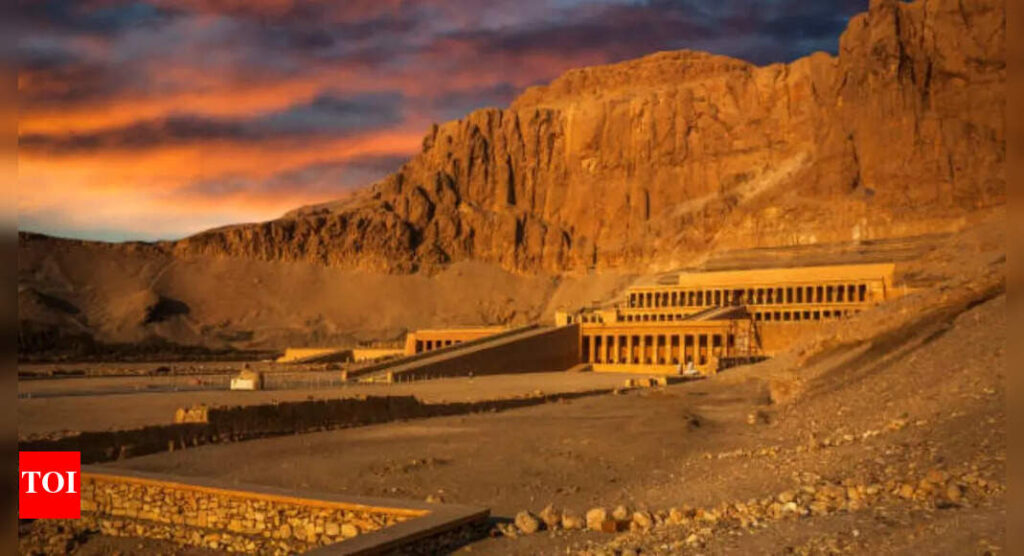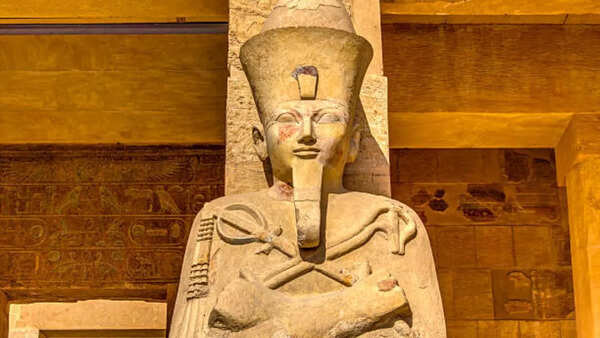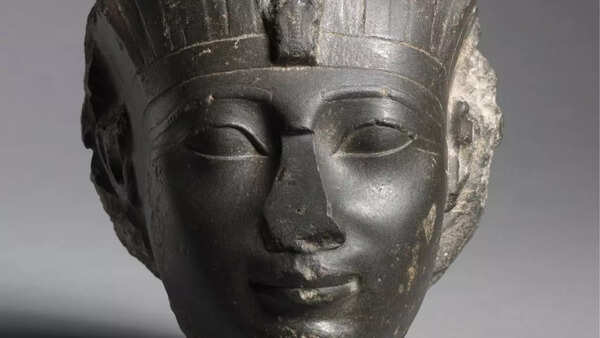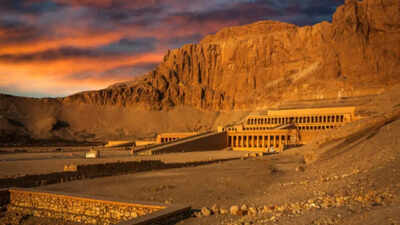Why ancient Egyptians broke Queen Hatshepsut’s statues — it’s not just patriarchy

For years, the story seemed straightforward: Queen Hatshepsut, one of ancient Egypt’s most powerful and fascinating rulers, was posthumously erased by her successor, Thutmose III. The narrative had all the drama — a woman who ruled as a king, a threatened male heir, and a vengeful campaign to wipe her from history. But now, a new study throws a surprising twist into that tale.According to research published in the journal Antiquity, many of Hatshepsut’s statues were not destroyed out of hatred or misogyny. Instead, they were ritually deactivated — a normal ancient Egyptian practice.
Not erased, but “deactivated”
The research, led by Jun Yi Wong, a doctoral candidate in Egyptology at the University of Toronto, dives into records from the 1920s and ’30s, when archaeologists uncovered shattered statues of Hatshepsut buried in pits at her temple at Deir el-Bahri. While it was long assumed this destruction was a symbolic erasure ordered by Thutmose III, Wong found something different.Speaking to Live Science, Wong explained that the statues weren’t smashed at the face or stripped of inscriptions — the usual markers of desecration. Instead, they were systematically broken at the neck, waist, and feet, which seems like a process Egyptologists now call “ritual deactivation.”

Source: iStock
Ancient Egyptians believed that statues, especially of pharaohs, weren’t just stone — they were spiritually potent. Once a pharaoh died, statues could be ritually ‘turned off’ to prevent lingering powers from interfering with the world of the living.This isn’t to say Hatshepsut escaped all forms of persecution. Her images and names were indeed destroyed from various monuments, most likely ordered by Thutmose III. However, there is a difference between the careful deactivation of her statues at Deir el-Bahri and the violent defacement elsewhere hints at a more complex motivation.

Source: Canva
According to Wong, the evidence suggests Thutmose III may not have acted out of personal resentment. Instead, political pressure from elites who disapproved of a woman taking the throne or fears about her legacy overshadowing his may have motivated his decisions.The new understanding that ancient Egyptians “turned off” their dead rulers’ statues explains how Egyptian culture had complex layers. Sites like the Karnak Cachette — where hundreds of statues from different dynasties were buried in a similar fashion — show that Hatshepsut wasn’t uniquely targeted in this way.








